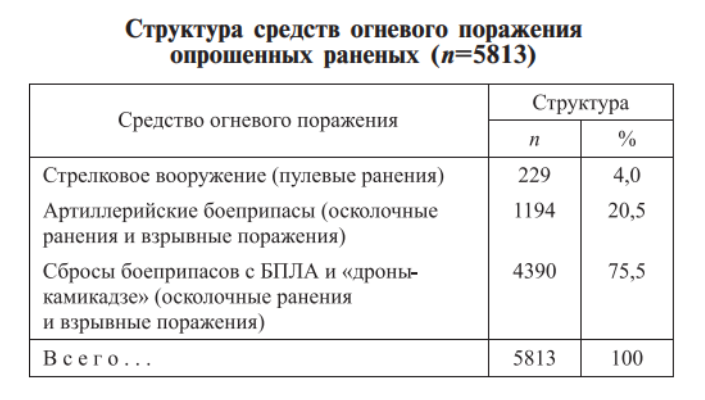Modern NATO plate carriers, combat helmets, and military medical gear were field‑tested in Iraq and Afghanistan — two theatres dominated by insurgent tactics. There, 65% of wounds were from explosive fragmentation and blast, 23% from gunfire, and the rest due to blunt trauma or other causes such as vehicle accidents. Body armor stopped most direct‑fire torso hits and MEDEVAC helicopters usually arrived inside the “Golden Hour,” so survivability soared to historic highs, with KIA‑to‑WIA at about a 1:7 ratio. But that same protective paradigm was shaped by a conflict in which a patrol might hit one IED or engage in a close-quarters gunfight while conducting a SWAT-style raid or arrest, with rapid extraction and treatment of casualties.
The war in Ukraine is fundamentally different.
Recent Ukrainian sources note that ~77.5% of all casualties are from fragments and blast, ~15% from landmines, and just ~2.5% from small arms fire.
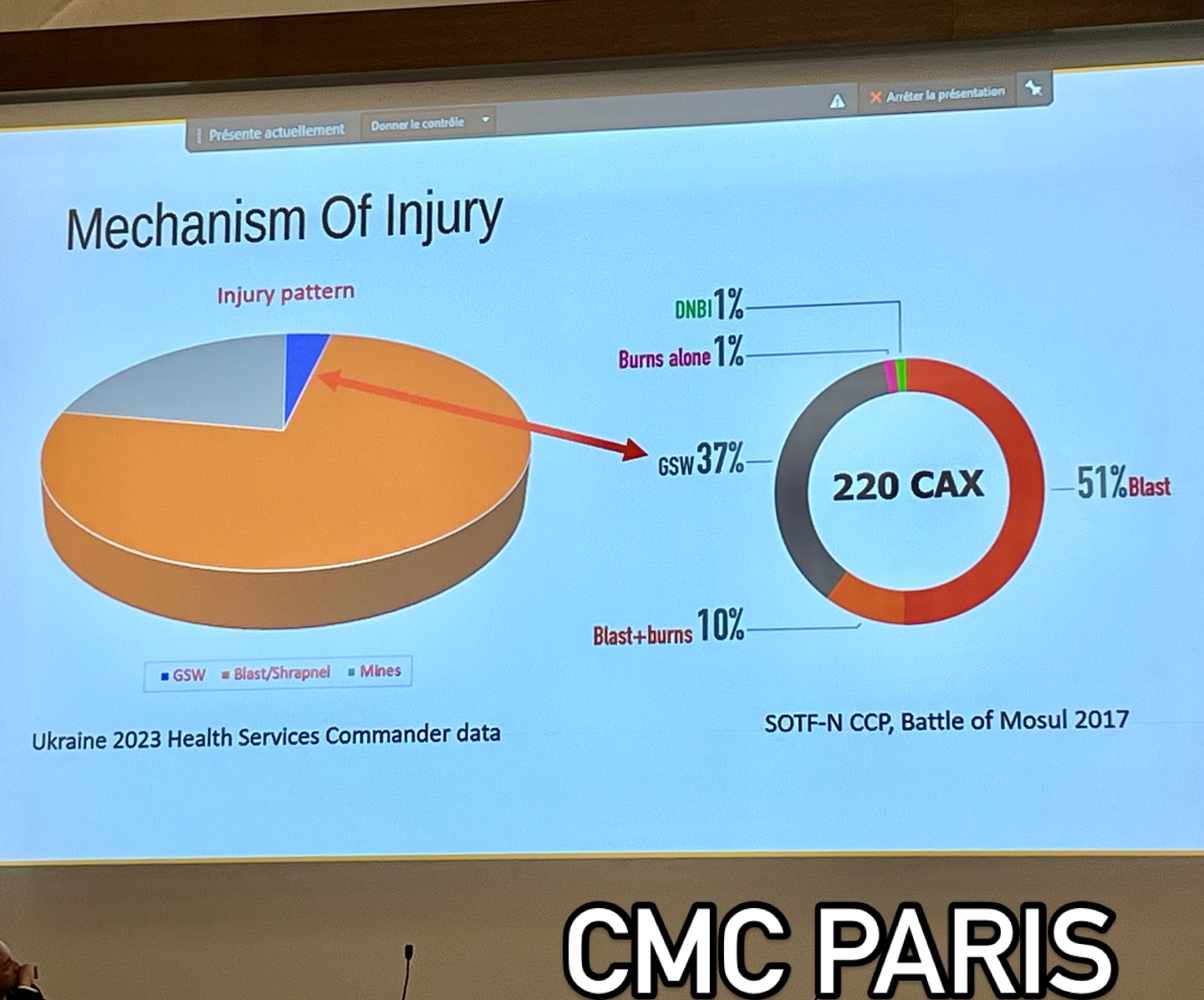
A Russian military hospital report, evaluating treated soldiers WIA, found much the same thing: Merely 2.2% of casualties were on account of small-arms fire, with the rest attributed to fragmentation, blast, and “mechanical trauma.” (A catch-all for blunt impact, large cuts and lacerations, and fractures of all types.) In fact, there were more thermal injuries – burns and frostbite cases – than bullet wounds!
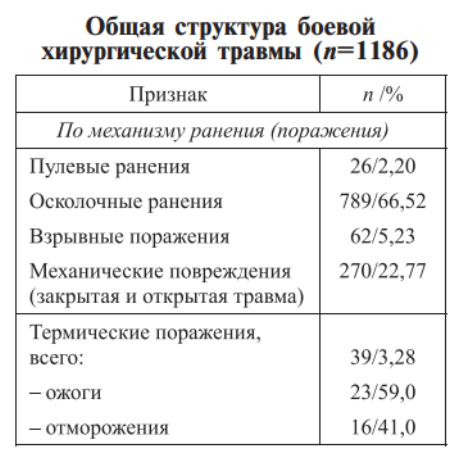
That same Russian hospital conducted a qualitative follow-up study where they interviewed 5813 soldiers WIA. Just 4% reported small-arms injuries. 20.5% reported injuries from artillery shrapnel, and 75.5% reported injuries from drone attack — explicitly mentioning both loitering ammunition drops and FPVs.
MEDEVAC, also, has become far more complicated.
In Iraq and Afghanistan, there was a lot of talk about the “Golden Hour.” In Ukraine, on both sides of the conflict, medical evacuation to field hospitals is routinely a multi‑hour or, in bad weather or under drone/artillery fire, multi‑dayprocess. Both Russian military hospital audits and Ukrainian front‑line case‑series converge on the same conclusion: Only a small minority of seriously wounded reach surgical care within two hours, and the median time now sits at 6-8h, with means around 12-15h. The Russians have noted that evac times are lengthening as the proliferation of drones has made overland transit more hazardous; the Ukrainians are documenting patients dying from fulminant sepsis within 24 hours of injury because wound debridement and antibiotics were delayed by long overland moves. In effect, the Golden Hour has vanished.
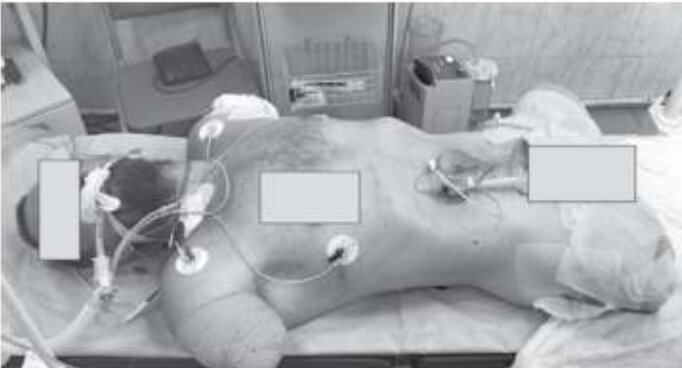 (Multi-limb amputation due to application of tourniquets for >16 hours.)
(Multi-limb amputation due to application of tourniquets for >16 hours.)
Tactical Implications
Thus there is mounting pressure from the drone/artillery threat on the one hand, and from severely delayed MEDEVAC on the other. And this doesn’t only affect infantrymen; the old “front line/rear area” distinction has grown extremely blurred, so even force‑protection, logistics and medical support all have to assume that they can come under fire at any time.
In response, both sides of the conflict have been modifying their armor systems, issuing them more broadly, and adapting them with new innovations. We’ll cover this at length in the next article in this series.
The same pressures have already forced a parallel stream of frontline improvisations – medical, logistical, and counter-drone – that merit a closer look:
- Medical care is moving closer to the front.Surgeons on both sides now man trench‑level “Role 1+” cubicles stocked with LTOWB and REBOA kits.
- Anti-drone netting is now mounted over aid stations and, increasingly, over roads used to resupply the front lines. The pic below is from Ukraine, near Sumy, but the Russians have miles of their own.
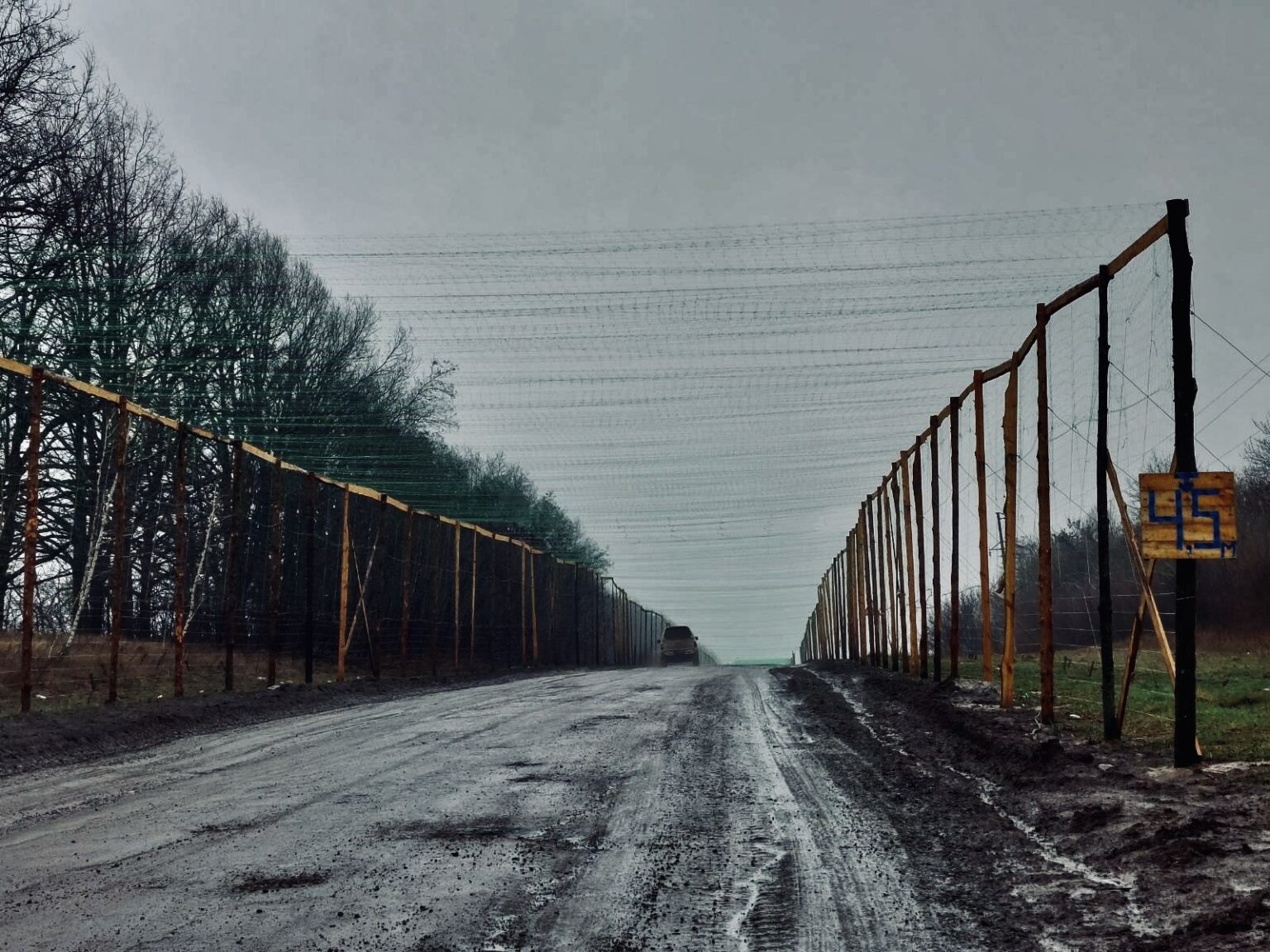
(Image Credit: https://www.facebook.com/jonas.matern )
- Shrubbery is the soldier’s new best friend. Russian mil‑bloggers now advise that once an FPV drone is spotted you should assume it will outrun any attempt to flee (top speed ~100 km/h) and instead engage immediately with aimed single shots while dashing to the nearest dense bush, as foliage tends to foul propellers and may prevent the warhead from detonating. If no bush is within one sprint, use a tree trunk as cover and shooting rest. After downing a drone, relocate fast because the enemy usually cues additional FPVs on the impact grid. Wounded troops unable to move far are told to prop themselves against a trunk or within brush and keep firing; freezing, lying prone, or feigning death is futile, as drones will still home on and strike both wounded and dead bodies.
- Russian infantry schools have begun training soldiers in shooting moving drones with shotguns. This may sound quaint, but skeet and clay pigeon shooting are of increasing military relevance.
- As of mid-2025, both shotgun and laser turrets are being experimented with on each side, though they are not yet deployed widely. Practical anti-drone lasers are typically in the 10-30 kW range, as more powerful lasers tend to be too large, expensive, or cumbersome for widespread tactical use. However, even lower-powered lasers have proven effective; recent Russian tests demonstrated a 3 kW laser successfully shooting down a drone at 500 meters, suggesting that compact, vehicle-mounted systems — akin to China’s Silent Hunter — may soon become commonplace. Initially considered costly novelties, laser systems are increasingly viewed as viable countermeasures against drones of various sizes, for both armored vehicles and for the defense of fixed installations.
And, again, there are implications for body armor design and utilization which we’ll cover in the next article in this series. If you haven’t read the first article in our Body Armor of the War in Ukraine series, you can check it out here.




